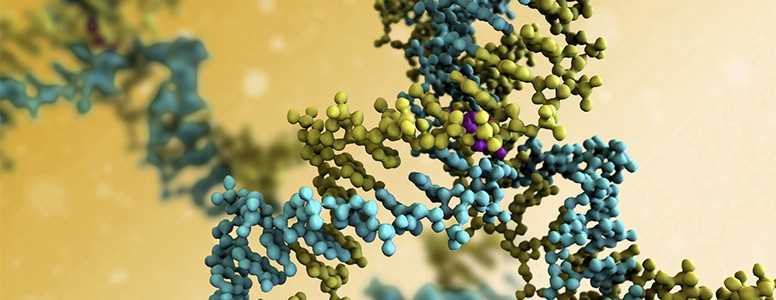A new technique that can bind together proteins could have implications for a range of medical applications, including diabetes.
In order to treat nerve tissue damage, scientists are currently limited to using proteins and binding partners that occur naturally.
This type of damage can lead to the formation of scar tissue, but a protein called chondroitinase ABC (ChABC) can break down these scars, allowing damaged nerve tissue to heal.
Dr. Malgosia Pakulska, University of Toronto, explained: “Right now, the way researchers use chondroitinase ABC is to do long-term infusions with a catheter into the spinal cord, or administer multiple injections.”
However, ChABC needs to be able to work around the scar tissue site over a longer period of time in order to be effective, and for damaged nerves to regrow.
“If we could design a system to release ChABC over a longer period of time, we could deliver a more effective one-time treatment,” said Pakulska.
Affinity-controlled release
Pakulska’s team have been exploring a new technique called affinity-controlled release. They mixed ChABC into a hydrogel which can be injected at an injury site. This material also includes a molecule that can reversibly bind to ChABC, slowing its release.
“Think of the hydrogel as a hallway with a Velcro carpet,” said Pakulska. “You’re the protein, and you’re wearing Velcro socks. You can still walk away down the hall, but you go more slowly, because with every step you have to ‘bind’ and ‘unbind’ from the floor.”
The University of Toronto have outlined the best techniques for discovering molecules that will bind to promising therapeutic proteins.
Pakulska said: “In the future, I hope this will allow us to design much more tailored treatments – for example, we could say, ‘I want a seven-day release profile, so I’ll use this particular binding partner’.”
If these proteins can be tailored to bind to proteins such as ChABC, they could be beneficial in treating medical conditions. Research is currently investigating protein therapies across several medical applications, including diabetes, and scientists are also evaluating how proteins can be used to treat macular degeneration to heart disease.
The review is published in the journal Science.
What's new on the forum? ⭐️
Get our free newsletters
Stay up to date with the latest news, research and breakthroughs.







